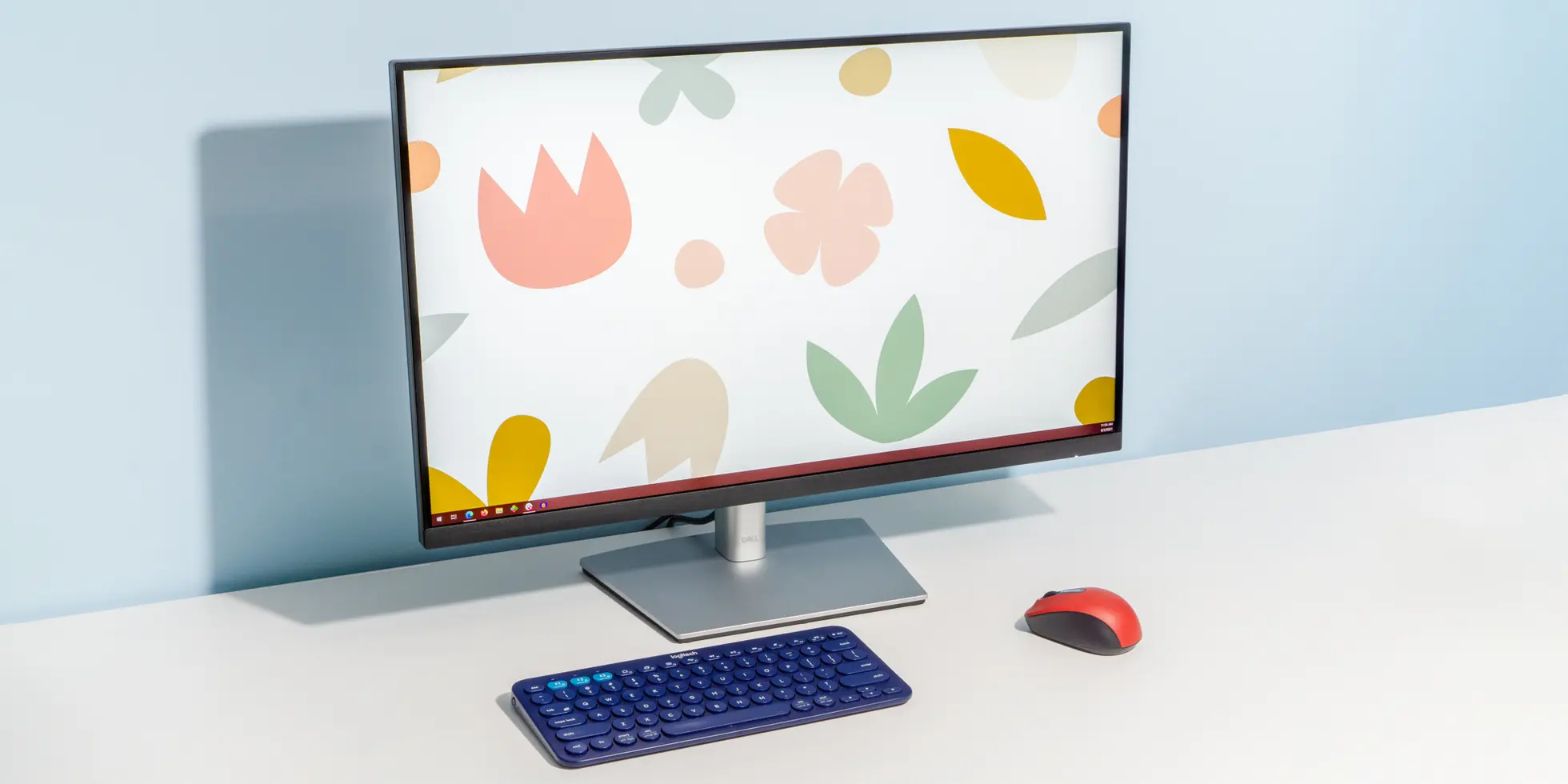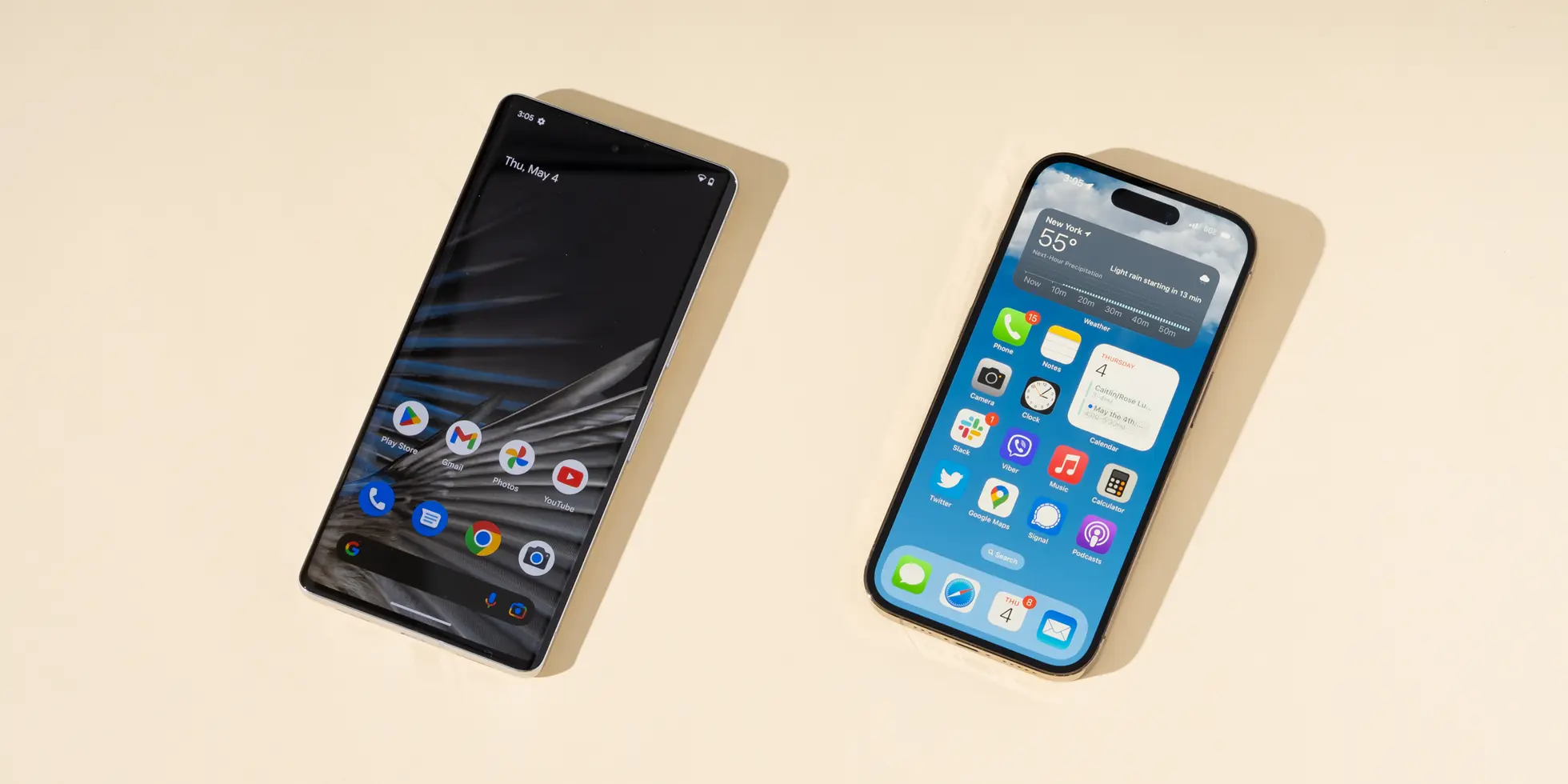
In today’s fast-paced digital landscape, the age-old question of “iPhone vs. Android: Which Is Better for You?” continues to perplex consumers. With both platforms offering a plethora of features, functionalities, and user experiences, making the right choice can be a daunting task. Whether you lean towards the sleek sophistication of Apple’s iPhone or the customizable versatility of Android devices, it all boils down to finding the perfect fit for your individual needs. In this article, we delve into the depths of this epic rivalry, decoding the strengths and weaknesses of each platform to help you navigate the vast smartphone market with confidence and clarity. So, buckle up as we embark on a journey to unravel the secrets behind this eternal debate and guide you towards your ideal smartphone companion.
Why we like iOS?
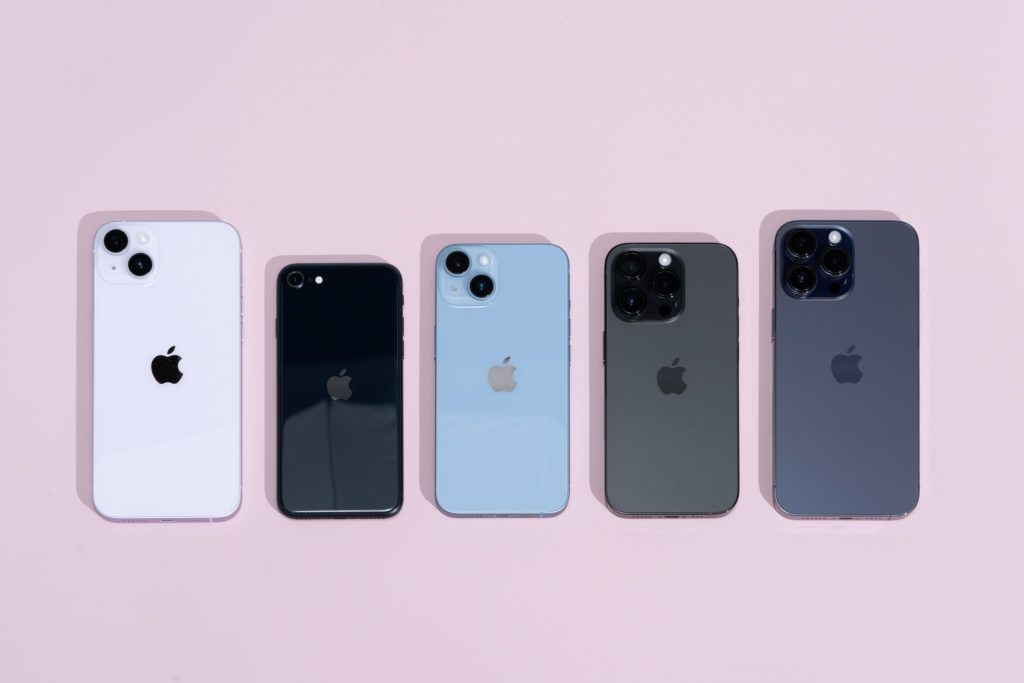
Fast software updates for many years: The biggest advantage iOS has over Android is its software updates: Apple generally supports new iPhones and iPads with iOS updates for five to six years after their release date, and all of those devices get the same updates at the same time. You get new features and apps, support for new image and video formats and security protocols, and patches for both online security threats and flaws that could allow people to get data from your phone. The oldest supported devices may not support every single feature of the latest software, but they continue to get most of the functional improvements and all of the security updates for as long as the hardware will last. Among Android phones, only Google’s Pixel phones and phones in the Android One program are guaranteed prompt updates—The actual timeframe of updates varies on your phone’s manufacturer. Google offers three years of OS updates and up to five years of security updates, while Samsung offers four years of One UI /Android OS updates and five years of security updates.
Long-term value: Because Apple supports iOS devices for a relatively long time, you can hand them down to friends and family members without worrying about app compatibility or security risks. And they hold their resale value better than Android devices, so you can sell them for more money, or get more for a trade-in, when it comes time to upgrade.
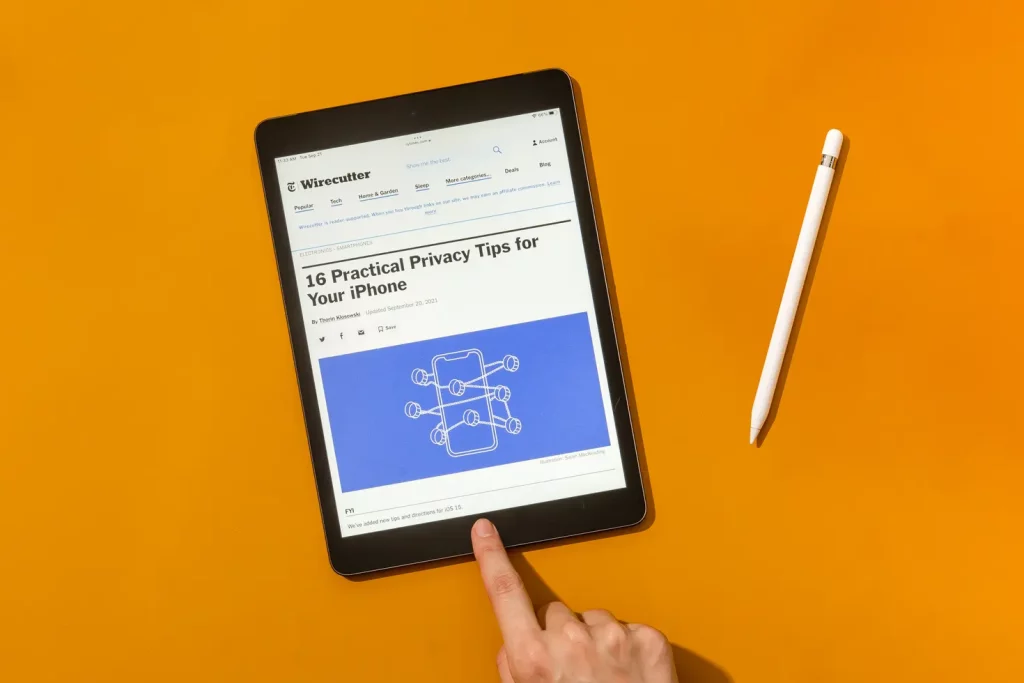
Reliable customer support: If you’re having a hardware or software problem—or if your device is two or three years old and it’s time to replace its battery with a fresh one—getting help is easy. The company offers a dedicated support app and website with a variety of remote options, or you can reserve an in-person appointment at any Apple Store (though it may take some time if the Genius Bar is busy, and repairs can be expensive if your equipment is out of warranty or you didn’t get an AppleCare+ protection plan).
The biggest advantage iOS has over Android is fast software updates for five or six years; even the best Android phones get only a couple of years of updates, and few get those updates quickly.
Better app selection: The selection of apps in Apple’s App Store is also slightly better than the selection in Android’s Google Play Store, though the gap between the two is narrower than it used to be. Apps and games often come to iOS first and are of higher quality, because app developers tend to make more money there; and iOS has a larger selection of “pro” apps for creating and editing images, video, and audio. These apps are also usually optimized for both the iPhone and the iPad’s larger screen; many Android tablet apps look like blown-up versions of phone apps.
Better security and privacy: All software companies, Apple included, sometimes make headlines for high-profile security bugs, and it’s inherently difficult to maintain your privacy when you’re carrying around an Internet-connected device that can always pinpoint where you are. But compared with Google, Apple does take greater pains to keep its devices secure and your data private, and the company does make an effort to fix mistakes when it makes them. Quick updates delivered directly by Apple with no interference from your phone carrier means that when serious security problems do come up you can get a fix for them as soon as one is available. Apple services like iMessage, FaceTime, and iCloud make extensive use of encryption to protect data traveling to and from your phone and data stored on Apple’s servers.
Though Apple does collect and analyze user data to study behavior and improve its products, the company anonymizes that data so that it can identify trends among everyone who uses its products without being able to see how any individual person is using their phone. By contrast, a report by Vanderbilt engineering professor Douglas Schmidt and commissioned by the trade group Digital Context Now shows that Android collects large amounts of data about browsing habits, location, and app usage whether or not you’re actively using the phone (or Google’s apps).
For more information about the specific iPhones and iPads we recommend, check out our guide to the entire iPhone lineup, and our guide to the iPad.
Where Android is better
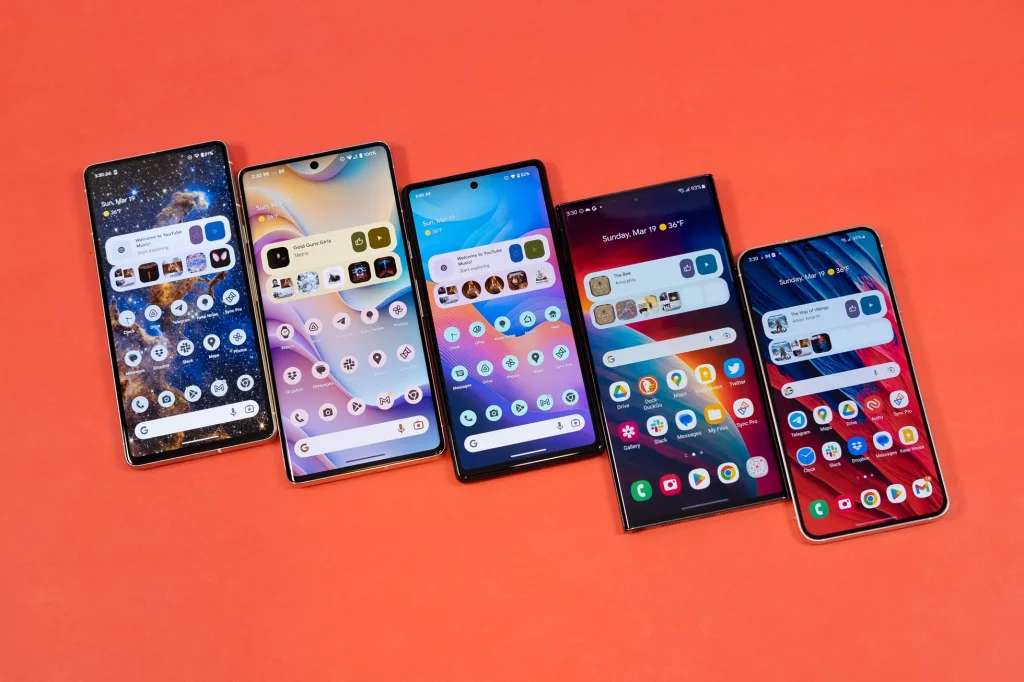
We like a lot about iOS, but it’s not the best option for everyone. Good Android phones are available in many more shapes and sizes than iPhones, and although the best ones cost roughly what an iPhone does, you can buy good ones for under $200 and fantastic ones for less than $400. The Android platform used to be sluggish when it came to prompt, consistent software and security updates, but has since improved. It’s also much more customizable than iOS. Here are a few other things we like about Android.
More hardware diversity: The biggest advantage for Android is actually in hardware, not software. Though our guide to the best Android phones recommends fast, well-rounded phones, Android is available on a huge variety of hardware, including options for people who want styluses and bigger screens, fantastic battery life, or even a physical keyboard. And if your preferred phone maker removes a feature you rely on—like a headphone jack or fingerprint sensor—from its newest phone, you can find what you need somewhere else. With iOS, Apple’s choices are your only choices.
Phones at every price: You’ve got more flexibility on price, too. A flagship pro-level iPhone costs over $1,000, and while the relatively affordable iPhone SE costs $429, you do lose out on the big screens and low-light camera improvements that are only in more expensive iPhones. A high-end Android phone from Google or Samsung is similarly expensive, but Google’s $450 Pixel 6a is an exceptional deal that doesn’t compromise on the camera, and other great budget Android phones—including a few that will actually get prompt software updates—are available for $200 or less.
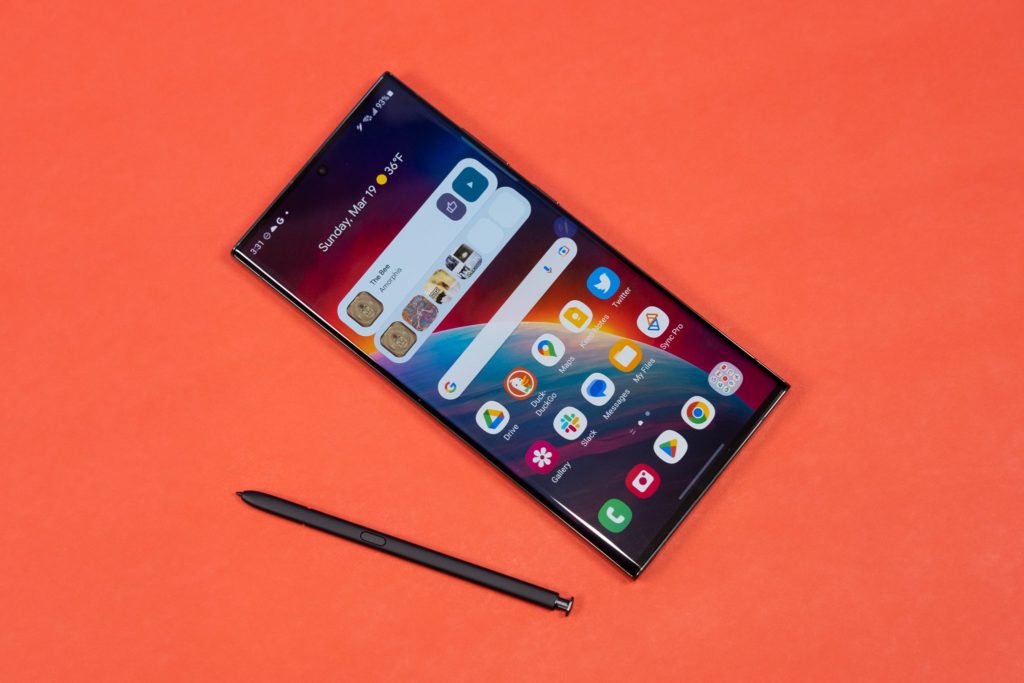
More options for customization: If you like having the freedom to customize your computers, tablets, and phones to fit your needs, iOS may not be flexible enough for you. Apple has made it easier to personalize your iPhone in recent years — you can change text size, reorganize your home-screen icons, install third-party keyboards, use widgets, and install lock screen wallpaper, among other improvements. You can even customize the way your app icons look, with some effort. But all of Apple’s devices still look and work pretty much the same way. Android offers similar customizations, but it’s also possible to completely replace your device’s home screen with any number of flexible, customizable application launchers. Android also allows you to choose your own default apps for handling different tasks or types of files, much like a PC—iOS 14 added the ability to change the default web browser and email app, but the rest of the operating system is still locked down.
With Android phones, you can usually find exactly the hardware you need; with iOS devices, Apple’s choices are your only choices.
More storage options: Although you can’t expand the internal storage of an iPhone—what you buy is what you’re stuck with—some Android phones have a microSD card slot that lets you expand the amount of internal storage available for apps, photos, and movies, and you can use Google Drive space to store everything from photos to documents. Apple’s iCloud service can also be used to offload photos and videos, and iOS offers a few other tricks (like deleting rarely used apps and games without losing your saved data) to save space. But you still can’t add local storage to any iPhone after the fact, and Google’s free Google Drive tier gives you 15 GB of cloud storage (shared between Google Drive, Google Photos, and Gmail) for free compared with Apple’s 5 GB.
For the specific Android models we recommend, check out our guides to the best Android phones and the best budget Android phones. Most people should stay away from Android tablets, but if you need one, these are the least-bad ones.
Should you switch?
If you’re frustrated by aspects of your current phone—or if newer models of your phone don’t include features you want—you may be tempted to switch operating systems. We generally recommend against it, though. By the time you’ve used a phone for a couple of years, you’ve spent a lot of time learning its quirks, and you’ve probably invested a decent amount of money into apps, games, music, or videos that you may have to rebuy if you switch. And really important features, like screen size and camera quality, are currently pretty similar between phones in the same price range—iPhones used to have significantly better cameras and Android phones used to have much larger screens, but that’s not true anymore.
That said, switching from Android to iOS is a bit easier than the other way around, because you don’t have to move most of your stuff if you don’t want to. Google makes versions of its most popular apps—including Chrome, Gmail, Photos, Maps, Drive, and Google Play Books, Movies, and Music—for iOS, which helps ease the transition. And Apple’s Move to iOS app can walk you through transferring the rest of your stuff. That’s not the case when switching away from iOS: Apple Music and Apple TV+ aside, Apple makes it difficult to use iCloud services or access your media on non-Apple devices.
Those same Google services also help ease the move from iOS to Android. Google recommends using the Switch-To-Android app, a Lightning-to-USB-C cable for direct data transfer, or the backup feature of the Google One app for iOS to move your contacts, calendar events, and photos from your phone into Google’s apps. Moving from iOS to a Samsung Galaxy device, Samsung has its own Smart Switch app. If you make the switch, you’ll lose notes, reminders, and some other data stored in iCloud, though photos and videos can be transferred to Google Photos. You also won’t be able to communicate with iOS users using iMessage or FaceTime, which can be a big sticking point if you have a lot of iPhone-using friends and family. By now, most popular apps and games are available on both iOS and Android (though you may have to repurchase them when you switch).
If you have trouble sending or receiving texts on your Android phone after the switch, it may be related to iMessage; remember to factory reset your iPhone to sign out of all Apple services, or use this page to manually deregister your number.
